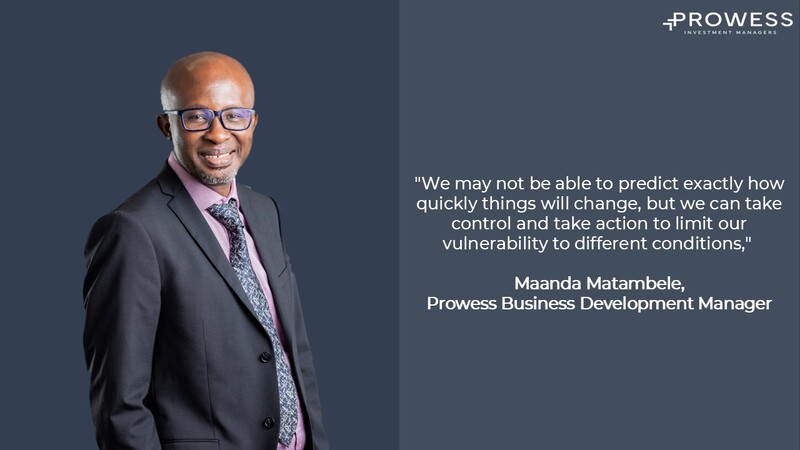As a young boy growing up in the Village in Venda, the conversation in September was always about the preparation of the crop, the tilling of the soil, and the expectations for the first rain. While we may know rainfall will eventually come, expectations for when and how much may differ significantly.
Conversations about financial markets can be very similar. Right now, there is a general market consensus that in the coming weeks, the US Federal Reserve and other major reserve banks will start cutting interest rates. Year to date, the markets have rallied across the globe with many commentators viewing the performance as the first step in the rotation back to risky assets. According to the FOMC, most of the Governors are considering cutting the fed rate between 25-50basis points in the last three scheduled meetings for 2024, starting in September. Inflation has been declining, and the Fed Chair recently told an annual symposium for central bankers at Jackson Hole in Wyoming that, “The time has come for policy to adjust,” He went on to say that “The direction of travel is clear, and the timing and pace of rate cuts will depend on incoming data, the evolving outlook, and the balance of risks.”
Two years ago, when inflation was soaring during the pandemic, policymakers at the Fed scrambled to cool the US economy by raising rates to a two-decade high. Now price growth is falling back – it rose at a rate of 2.9% in the year to July 2024, having faded from a peak of 9.1% in June 2022 – and they are preparing to cut rates, but have yet to do so.
Officials hope to guide the US to a so-called “soft landing”, whereby inflation is normalized, and recession avoided. The Fed’s target for inflation is 2%.
SA Outlook
South African headline inflation is also on the decline, having fallen to 4.6% in July 2024, a level last seen in July 2021. While temporary food price pressures and global factors pose some risks, the underlying trend remains positive for inflation to sustainably revert to the SARB’s midpoint target. Given current economic indicators out of the US and Jerome Powell’s recent comments, we largely expect the FOMC to cut policy rates by 25 basis points at their September meeting with some market participants expecting an even bigger cut of 50 basis points. Locally, the derivatives market ended the month expecting the monetary policy committee to cut rates by a cumulative 125 basis points over the next 12 months, SA Q2 GDP grew by 0.4%, whilst the government’s newly implemented retirement reform “Two pot system” may provide additional revenue into the fiscus and potentially temporarily increase disposable income for consumers to increase expenditure in the economy.
Risk and Reward
Whilst we are awaiting the “rain event” it is important to understand that markets tend to move way in advance of an anticipated event. In the first half of 2024, short bearing interest instruments including bonds received the highest inflows (per ASISA statistics) which also attribute to the outperformance of the underlying asset classes. With interest rates projected to decrease in the next 12 months or so, it will provide both corporates and households an opportunity to consider rotating from cash to other growth assets provided other valuation factors are attractive.
The Return of Balanced Fund Season?
Global equities have been the best performing asset class over the last 5 and 10 years respectively, whilst SA Listed property has been the worst performing asset class over the same period. However, so far this year, SA Listed Property has rebounded and has been the best performing asset class by 23.8%.
Balanced funds absolve the investor of the need to constantly make choices as to when to reallocate between asset classes at different stages in the cycle. The fund allocation is constructed to provide a balance between income generation, capital growth and risk management against capital loss from a diversified asset allocation. It is this diversification benefit that can vary across different market cycles as the correlations between the different asset classes can vary, with the diversification benefit being reduced when asset class return correlations are highest and the diversification benefit higher when the asset return correlations are low or negative. Periods of higher inflation can result in higher correlations between equities and bonds, leading to the diversification of Balanced funds being reduced resulting in higher drawdowns in periods of negative returns. However, as inflation has cooled, we are likely to see the typical negative to lower correlations between equities and bonds return, making Balanced Funds more attractive.
It is important to be mindful that the human behaviour effect can be costly, and there is an element of safety in a dynamic strategy that can access the most optimal assets classes across the market cycles. Whilst we may not be able to predict exactly which date we might have the rain, we can take control and take action to limit our vulnerability to different conditions. Happy Spring!


